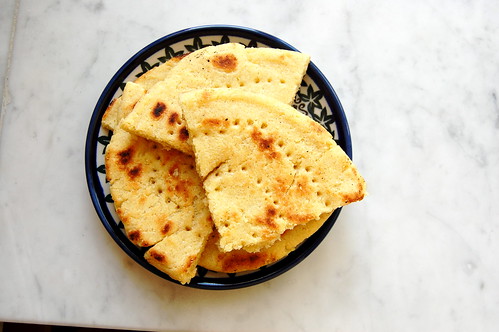
I am writing this post from a folding chair and a card table in our new (!) Chicago flat, in a rather dimly lit empty room that one day will be our library. Aside from our bed, and the folding chairs, we have precisely zero furniture, and yet I couldn't be more thrilled with our new home. Meanwhile, our stuff is floating on a Maersk ship somewhere out in the Atlantic Ocean, working its way infintessimally towards us. Paul and I are convinced that not having furniture means you burn a whole lot more calories not-sitting everyday (the by-product of not having furniture), which is a great excuse for regular trips to get ice cream.
Meanwhile, all of my GRAND SUMMER PLANS have gone the way of Brazil's world cup dreams. Which is to say, I've been doing a whole lotta not much these days. And if you think several weeks of unstructured vacation sounds great, then clearly you have not met me. I need structure, I crave schedules and order and charts and routine.
Naturally, knowing I would have this long summer break, I did what people like me do, which is I created the Perfect Summer Schedule. I would take some Arabic classes (my Algerian patois is not going to serve me well in our next assignment), I would work on our new home, sorting through our old stuff that's in storage. I would update the design of this blog and go on a trip to visit my family.
Of course, this being the Perfect Summer Schedule that I had meticulously planned in advance, it was bound to fail. Our home closing got delayed, which meant rearranging my training schedule, which then threw everything else off course, as I should have expected. So instead, I did what any self-respecting world traveler does: I watched the World Cup.
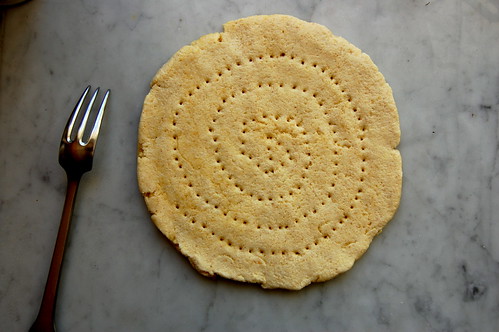
You guys, as someone who was obsessively supporting both Argentina and Algeria, can we take a moment to recognize the utter stress and heartbreak these past 4 weeks have been?
Thank you.
I also did what any new-home owner does, that is: design my dream kitchen. Realize I can't afford my dream kitchen. Think we really need somewhere to sit (like a couch). Obsess over looking at couches. Deal with the Comunistcast guy. Learn how to fix plumbing, since apparently it is a law that immediately after you own your new home, something must break. Destroy things:
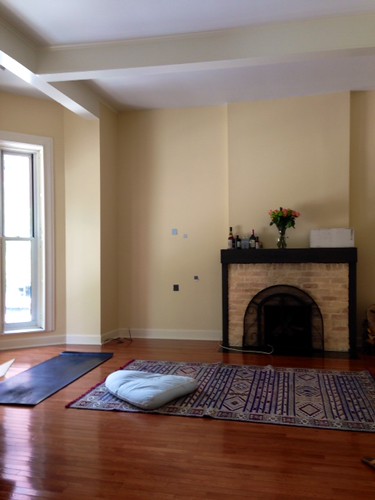
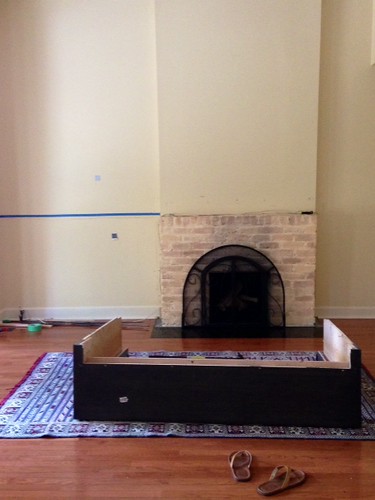
Then call a carpenter.
I have a bunch of recipes saved up that I need to work my way through, so first up it's Algerian kesra bread. Also called aghroum, and a cousin to Moroccan harsha bread, this is a staple of the Algerian diet and probably one of the things I will miss most from Algiers. It's a very simple bread, but it takes a bit of technique and practice to get it right.


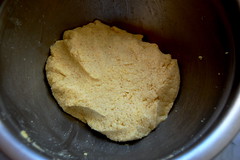
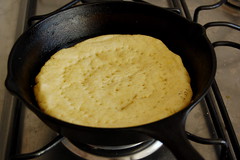
The concept is basically like making biscuits or a pie crust, it's a very flaky bread, and you don't want to overwork the dough and make it rubbery. (Speaking from experience, rubbery kesra is the worst.) If you've never worked with semolina doughs before, they absorb liquids and develop gluten very differently than white flour doughs, so that may take a bit of getting used to if you're new to working with semolina. The semolina flour needs to rest a bit in order to absorb liquid, which it does quite slowly, but semolina doughs also develop gluten more slowly, which makes it slightly harder to over-work the dough, to your advantage. You'll probably have to seek out a good Middle Eastern or Mediterranean grocery for the two types of semolina.
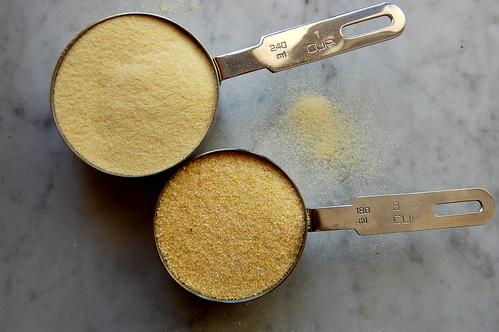
Algerian Kesra Bread
You can see an example of fine and medium grain semolina in the photo above. Recipe adapted from interrogating many Algerians about kesra, lots of practice, and Heni over at the Teal Tadjine.
1 1/2 cups fine-grain semolina
1 1/4 cups medium-grain semolina
1 1/2 teaspoons salt
1/2 teaspoon sugar
1/2 teaspoon baking powder
1/4 cup olive oil
2 tablespoons butter
1 1/4 cups water plus 3-6 tablespoons more as needed
1. Melt the butter in the olive oil and set aside and let cool slightly. In a bowl combine the semolinas, salt, sugar and baking powder. Rub the butter/olive oil mix into the semolina mixture until it forms crumbles. Add in the 1 1/4 cups water and gently mix to form a dough. If still crumbly add more water until it comes together. Do not overmix.
2. Let the dough rest 10-15 minutes to absorb the water. (you can wrap the dough in plastic wrap and let it rest as long as 1-2 hours also.)
3. Rub a small amount of oil in a cast iron pot or flat griddle and heat over medium heat.
4. Divide your dough into three balls. On a stone surface (marble or granite countertops work nicely) pat one ball round out into a round about 1/2 an inch thick. Prick the dough all over on one side with a fork to prevent puffing.
4. Slide the dough into the preheated pan. Let the dough cook for 3-4 minutes on the first side. You may want to rotate the dough and take a peek at the bottom to make sure it doesn't burn. Using a spatula, carefully flip the dough onto the other side (alternately you can flip the dough onto a plate, then back into the skillet). Let cook another 2-4 minutes on the second side. While the dough is cooking, pat out the next round of dough. The dough should be golden and have some deep brown spots on it, but should not be burned. Repeat with remaining dough rounds. Let cool before eating.
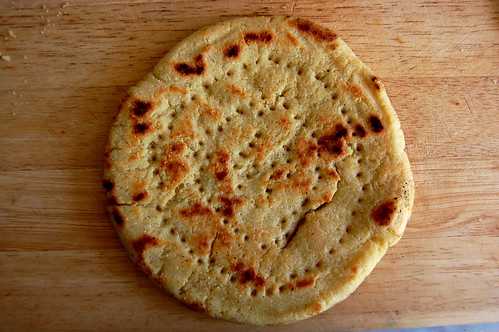






2 comments:
Thank you - this sounds great!
Can I try some?
Post a Comment